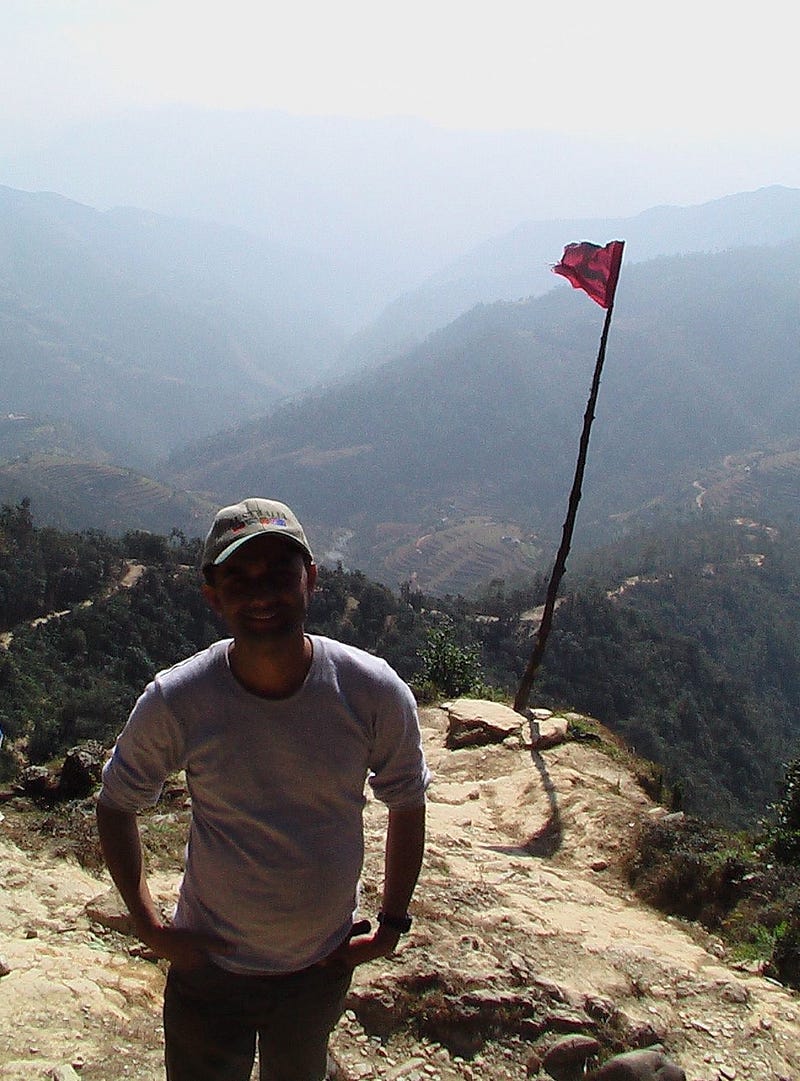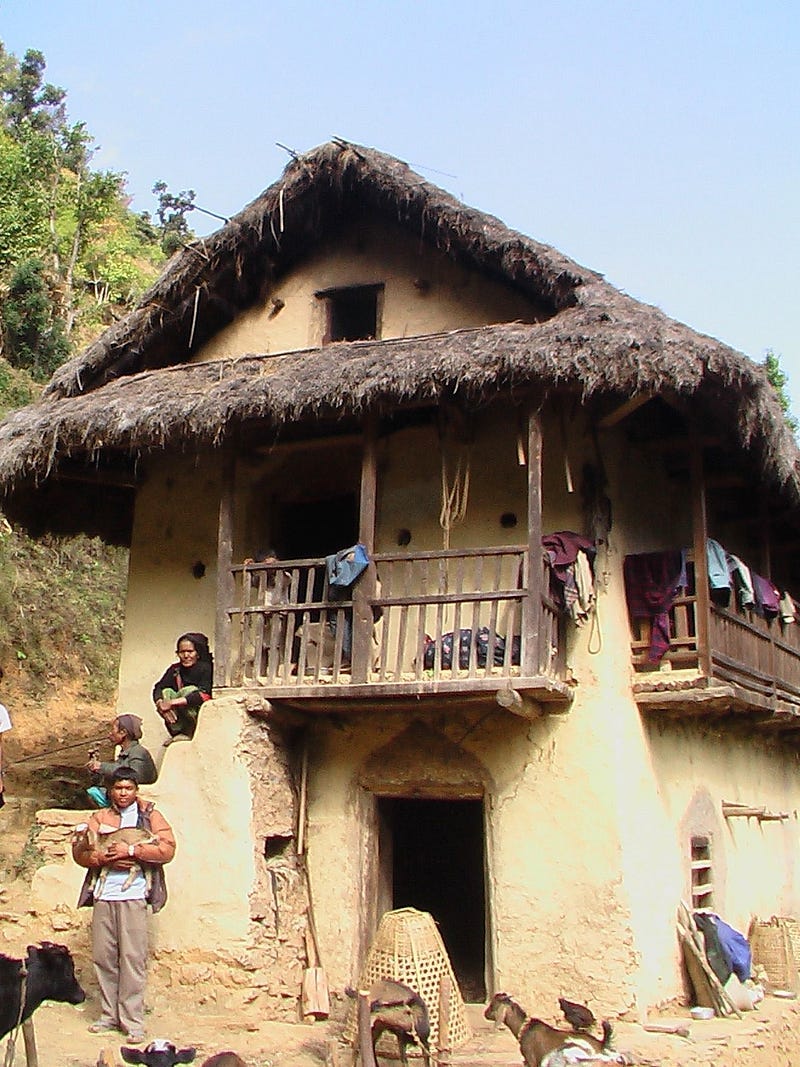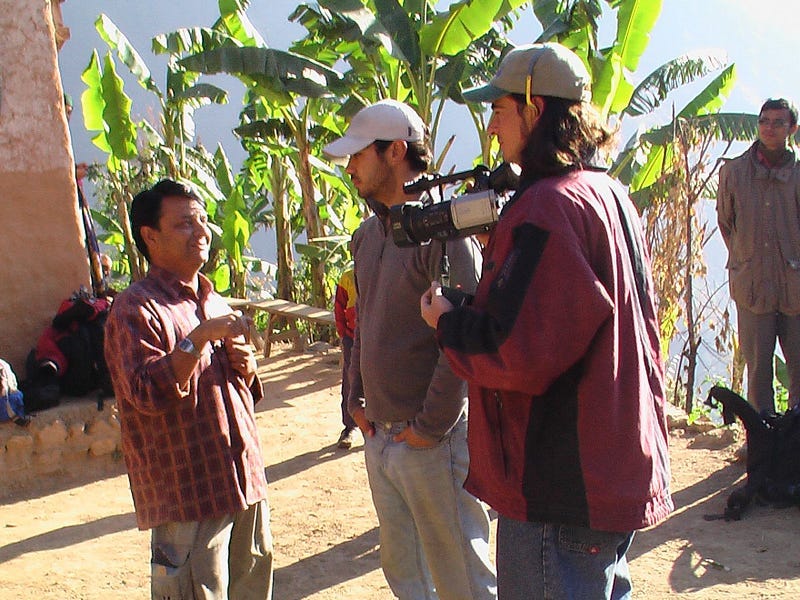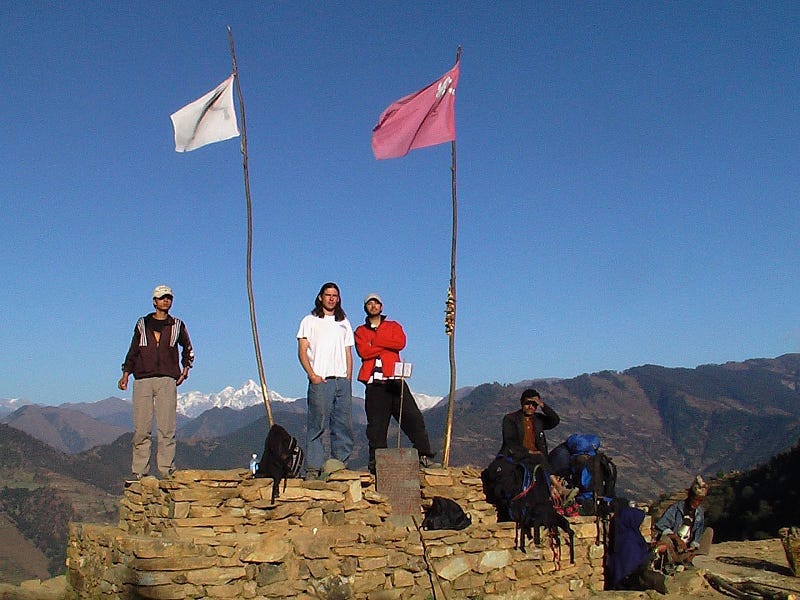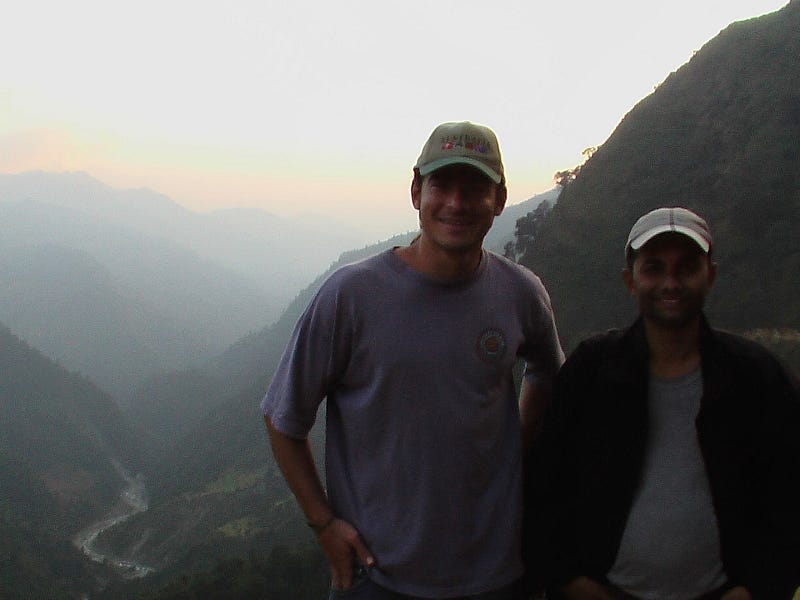Krishna’s Story
In November 2005, I went on a ten day trek to meet terrorists, or freedom fighters, depending on whom you ask. I was freelancing for the…
In November 2005, I went on a ten day trek to meet terrorists, or freedom fighters, depending on whom you ask. I was freelancing for the independent media outlet, Current TV (R.I.P.), who gave me the green light to make a documentary on the Maoist uprising that was gaining traction in Nepal. The socialist Maoist rebels, hiding deep in the mountains in the poverty-stricken, Western portion of the country, were staging a revolution against the Nepali monarchy. I was fascinated by this conflict and would travel anywhere in the country, by air, by mule, on foot, on top of buses, to get up close and personal with this story. I wanted to meet the Maoist leaders and followers and tell their story as honestly as I could.
Yet, as is often the case in journalism, the more interesting story is the one that unfolds when the cameras are not rolling. It was the personal story of Krishna Adhikari, the man who led our small production team to the Maoist capital, that I ended up finding so fascinating, and tragic. And that is the story I’m writing about today for the first time.
After two weeks tracking false leads, chatting with charlatans, and exploring rabbit holes, my production partner, Adrian Baschuk, and I were just about ready to throw in the towel. After venting to our hotel receptionist at the Everest Hotel about this, she introduced us to Krishna, a friend of a friend. We interviewed him, skeptically, in the lobby of the hotel over dhal baat, the Nepali staple meal of rice and lentils. He was the seventeenth Nepali we had met with to discuss the project.
Right off the bat Krishna seemed different.
For one thing, he had already met the Maoists before in their territory in Western Nepal and promptly pulled out his camcorder to show us clips from his video work there.
He kept complaining in his thick Nepali-accented English how hard of a trek it is to the Maoist “capital” (a tiny village named Thabang), and sounded as if he was halfway through the trek, and not in a hotel lobby. “Ow, my legs are really hurt guys.” He was funny and we found him to be really endearing.
He then told us that he was a “wanna be journalist.” I asked what he meant by that.
He said,“I wanna be a television journalist, but I will get firebombed.”
I thought he meant that he was getting fired, but learned that this was not a mistake.
Here’s the short version of the professional saga he recounted that evening:
He started out as a producer for a private, independent Nepali network, making documentaries about culture and politics. It was in this capacity that he went to meet the Maoists first. After the network aired his film and other stories that the government apparently did not like, the Nepali army barged in and forcefully shut down his channel.
The Nepali monarchy were the new owners of the TV station. They then offered Krishna a job to work for them.
With no other opportunity to work as a journalist in Nepal, he begrudgingly accepted the role to work for the government propaganda network. He worked there for two years.
One night in 2004, the Maoist rebels detonated powerful explosives inside the the government TV station. This was the firebombing he mentioned. Fortunately, they attacked the building after hours and nobody was injured.
Once again, the new owners, the Maoists this time, offered Krishna a job to work for them.
Before he could make his decision, we hired him to lead our expedition to meet the men who ordered the attack on his office.
I was confident that Krishna was our guy.
The next day after the hotel interview, we pored over maps and it became clear that Krishna knew the terrain and villages of Western Nepal like the back of his hand. He presented a plan: first we would take a plane ride to Nepalganj, travel three days in a jeep, trek for three to four days to reach Thabang, and then we would need to stay at least a few days to arrange and film our interviews. The goal was to meet and interview a Maoist leader, perhaps even public enemy #1, Prachanda (who later became Prime Minister of Nepal). We were on the plane to Western Nepal the next day.
Over the next fourteen days, I got to know Krishna well. We got stuck in the airport for 24 hours, broke down on the side of the road four times in our vehicles, and then trekked together for five straight days. We crossed frigid rivers, walked over sketchy bridges, and ate meals with rural Nepali families who fed us their own family’s version of dhal baat. Most nights, we slept under the stars on people’s front porches.
I learned that, like me, Krishna was a self taught filmmaker who loved telling true stories. His dream was to simply work as an independent journalist. He was also family man with a wife and kids who he needed to support. But in Nepal, this all proved to be impossible. He was between a rock and a hard place. He had to choose between the Government or the Maoists. If he picked the wrong side, he could be killed or disappeared. He had no middle ground option and no protection from persecution. He was completely alone and vulnerable.
He was also terrified to go back to Kathmandu. Towards the end of the trip, he began pleading for us to offer him full-time work so that he could avoid working for the Maoist PR agency, which would also put him at risk of being targeted by the government. It broke my heart that here was such a talented man of integrity who I knew would not be able to fulfill his dreams.
We ended up spending about six weeks in the country to get the story done. Krishna proved to be a remarkable producer and expedition leader. He led us safely to Thabang. While we didn’t secure the interview with Prachanda, we met several of his top lieutenants. We met Maoist schoolteachers, farmers, and an all-female combat unit. The story we told is a familiar one for many geographically extreme countries with no tradition of democracy: a central government accused of corruption and not providing services to extremely remote communities. The road from Kathmandu to Thabang was not paved. In fact, it didn’t exist. There was no government presence in the region whatsoever. The farmers wondered why they paid taxes and still didn’t receive any services, so they eventually exchanged their hoes for homemade weapons.
Eventually, the Maoists came to the negotiating table, and in many ways their revolution succeeded. As a result, the Maoist leader Prachanda instituted a parliamentary system and became Prime Minister of Nepal. However, the situation for journalists did not change. Krishna’s options were limited to one. He ended up going back to work for the government TV network.
In the course of my travels after Nepal, I realized, sadly, that Krishna’s story is not unique. I could easily replace Nepal with Nicaragua, Yemen, Mexico, Cuba, Russia, and other countries with civil unrest and no protections for journalists. I also understood that the fastest way to appreciate the value of an independent press corp is to visit a country without one.
Mao’s little red book that didn’t have anything like the United States’ First Amendment.
While the US is not perfect, especially today, I realized just how lucky I was to be able to work as an independent filmmaker in the U.S. Here, I can work with significantly less fear of persecution by the government or militias than in most countries.
This is why we must protect the First Amendment in the U.S. and resist President Trump’s rejection of the media as a class. Strong democratic leaders challenge arguments, not the very institution safeguarding our democracy. We must work to strengthen these institutions, and then establish similar norms and laws in every country in the world.
It’s an uphill battle but it’s one we must fight. For the thousands of journalists killed, the tens of thousands of journalists threatened, and for the hundreds of thousands of “would-be” journalists. For Krishna.



